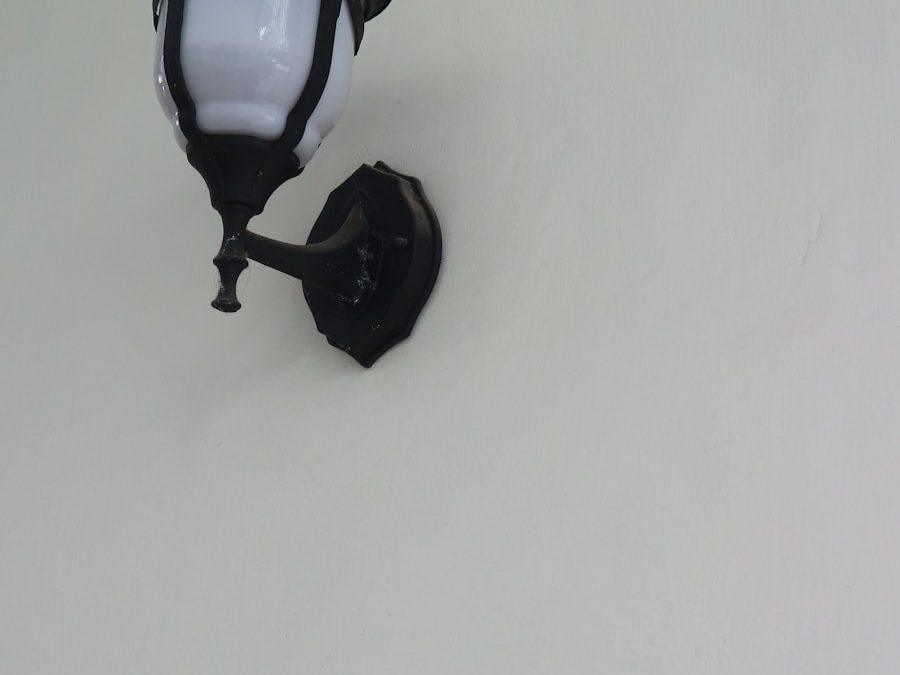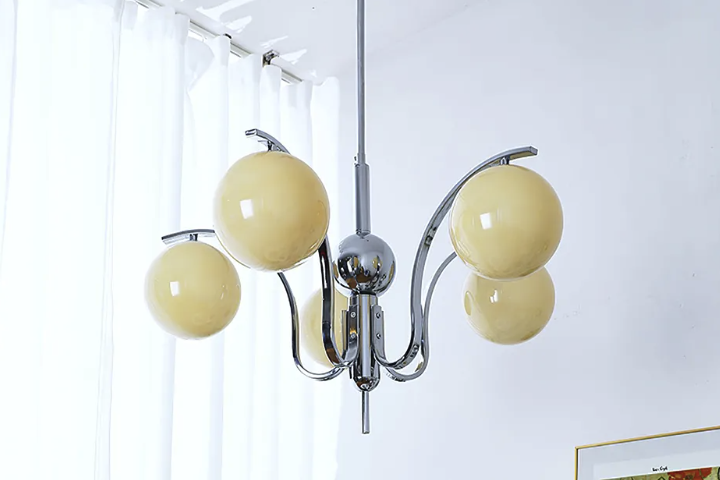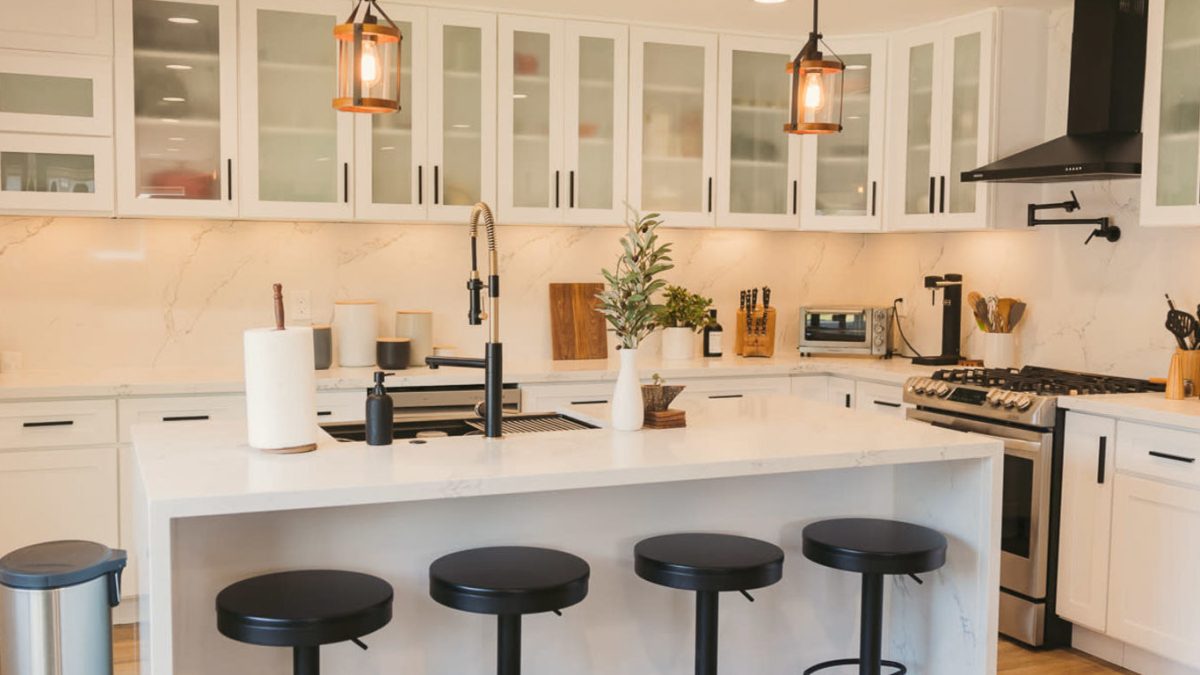DIY Pendant Light Kit: The Ultimate Way to Customize Your Lighting
Introduction
Pendant lights are a popular choice for homeowners when it comes to lighting fixtures. The sleek design, versatility, and ability to add a personal touch make them a favorite. However, finding the perfect pendant light can be challenging. It may not match the decor or meet your specific needs. This is where a DIY pendant light kit comes in handy. In this article, we will explore the world of DIY pendant light kits and the benefits they offer.
What is a DIY Pendant Light Kit?
A DIY pendant light kit is a set of components that allow you to create your pendant light from scratch. It typically includes a canopy, lamp holder, cord, and bulb. Some kits may also include shade or decorative elements. These kits offer a customized solution for those who want to craft their own lighting fixtures.
The Benefits of a DIY Pendant Light Kit
There are several advantages of using a DIY pendant light kit, including:
Creative control:
With a DIY kit, you can create a lamp that suits your specific needs and taste. You can choose the materials, style, color, and design. This enables you to personalize your lighting to match your home’s decor and personality.
Cost-effective:
Buying a ready-made pendant light can be expensive. With a DIY kit, you can save money by creating your light fixture. The cost of the kit is relatively lower than buying a high-quality pendant light.
Easy installation:
DIY pendant light kits are easy to install, even for novices. Most kits come with instructions that guide you step by step. You do not need any technical skills or experience to assemble a kit successfully.
Upgradeable:
DIY pendant light kits are upgradeable. You can change the bulb, shade, or any other component at any time. This allows you to keep up with the latest lighting trends, enhance the look of your home, and address any changes in your lighting needs.
What to Look for in a DIY Pendant Light Kit
When choosing a DIY pendant light kit, there are several factors to consider, including:
The design:
The design of the kit should match your style and preferences. The kit should have the necessary components to create the type of lighting fixture you want.
The quality of components:
The quality of the components determines the durability and safety of the pendant light. Choose a kit with high-quality materials that can withstand wear and tear.
The level of difficulty:
Some DIY kits are more challenging to assemble than others. Choose a kit that matches your skill level.
How to Assemble a DIY Pendant Light Kit
Assembling a DIY pendant light kit is a straightforward process. The steps involved include:
Step 1:
Gather all the components included in the kit.
Step 2:
Follow the instructions provided in the kit. Most kits come with step-by-step directions.
Step 3:
Attach the canopy to the ceiling using screws and a drill.
Step 4:
Attach the lamp holder to the canopy using screws.
Step 5:
Thread the cord through the lamp holder and canopy.
Step 6:
Attach the bulb to the lamp holder.
Step 7:
Adjust the length of the cord to your desired height.
Conclusion
A DIY pendant light kit is an excellent way to customize your lighting and add a personal touch to your home. It allows you to tailor a pendant light to your specific taste, saving you money in the process. DIY kits are upgradeable, easy to install, and offer a creative outlet. When choosing a DIY kit, consider the design, quality of components, and level of difficulty. By following the instructions, you can assemble your pendant light in no time. Explore the world of DIY pendant light kits and add some personality to your lighting.



